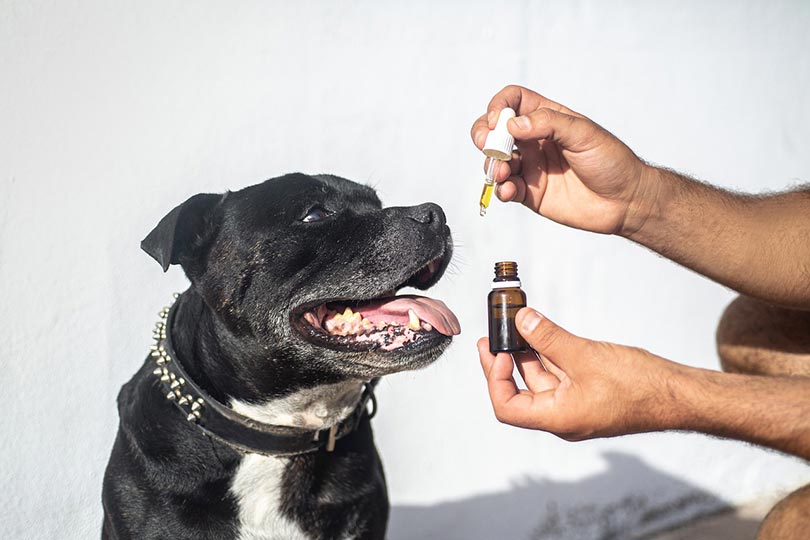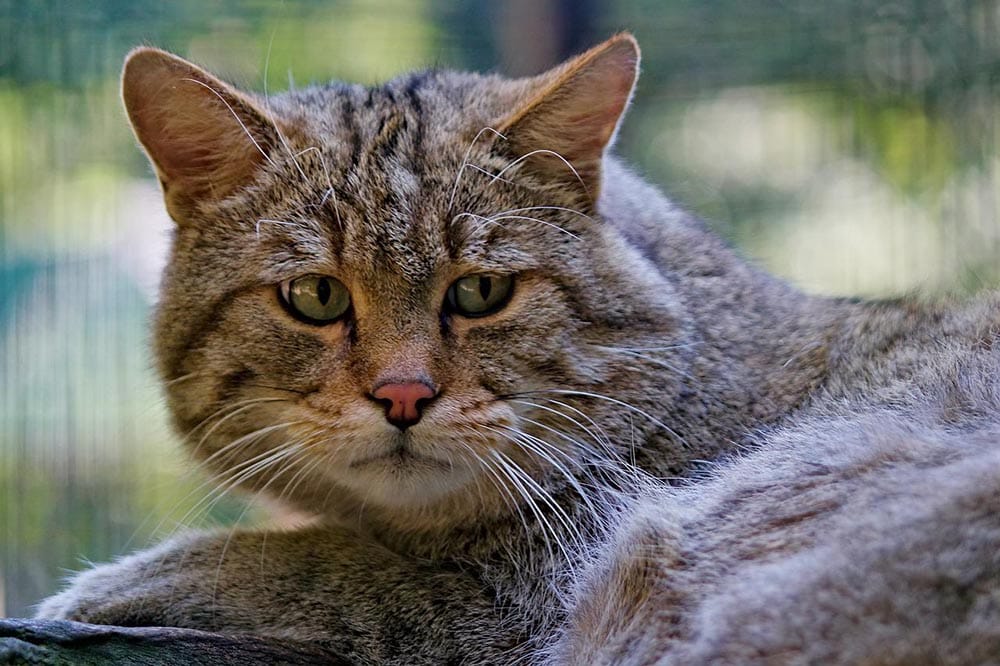VET APPROVED

The information is current and up-to-date in accordance with the latest veterinarian research.
Learn more »Click to Skip Ahead
Burmese cats are playful, social, and friendly, which makes them the perfect human companions. These cats are beautiful looking and mainly healthy, so they have long lifespans, typically between 15 and 20 years.
Some Burmese cats can live even longer; the oldest living cat in the world was Kataleena Lady,1 a female Burmese. She had an incredibly long lifespan of 27 years.
Most cat parents strive to have their beloved furry friends with them for as long as possible. But what affects the lifespan of your Burmese? Is there anything that you can do to help your cat live a healthier and longer life?
In this article, we talk more about the average life of a Burmese cat, why some Burmese cats live longer than others, and how you can tell the age of your Burmese.

What’s the Average Lifespan of a Burmese Cat?
Burmese cats are among the cat breeds with the longest lifespans. It’s common for them to surpass the average life expectancy of cats, which is between 13 and 17 years for indoor cats. Depending on their lifestyle and the way that you care for them, some Burmese cats may live up to 20–25 years.
The life expectancy of your cat depends on many other factors, regardless of their breed. Cats with devoted and loving owners, an active and healthy lifestyle, and proper nutrition typically live much longer than those that don’t get the same level of attention.
Therefore, it’s essential to provide your Burmese with everything necessary for a comfortable life, from shelter and food to love and care. In return, you’ll get a happy, satisfied cat that will be your loyal companion for years to come.
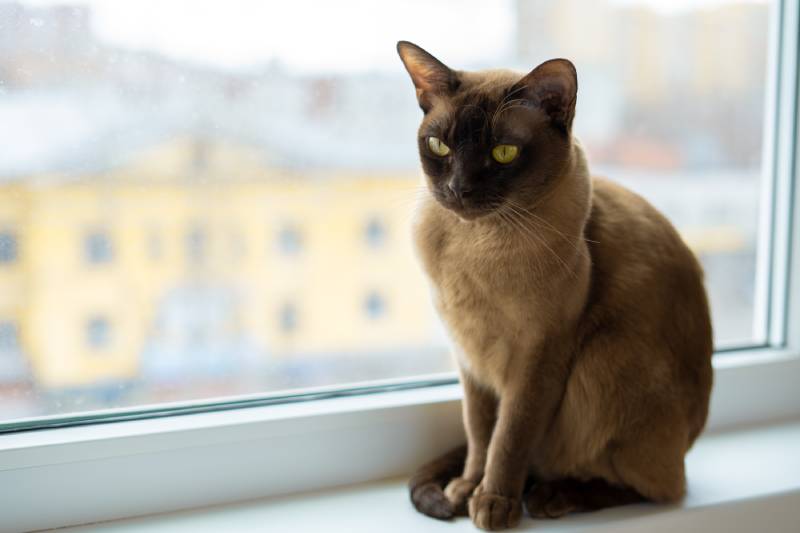

Why Do Some Burmese Cats Live Longer Than Others?
While most Burmese cats live for a long time, besides their genetics and breed, various other factors can affect their lifespan.
Here’s more about each factor that can affect the life expectancy of a Burmese feline.
Nutrition
The nutrition that your Burmese gets will have a big impact on their longevity. Cats with a high-quality diet filled with enough protein, fats, vitamins, and minerals typically have a much longer lifespan than those with a poor diet.
So, if you want to ensure that your Burmese cat will live a long and healthy life, you must provide foods that support their daily nutritional needs and energy levels.
Housing
Burmese cats that live indoors have longer lifespans than those that live outdoors. Cats that live outside are more prone to diseases, parasites, and trauma. They can also have periods where it’s hard to get food and water, which may also affect the length of their life.
Healthcare
Burmese felines that receive the proper healthcare live longer than the ones that don’t. They get the necessary vaccinations and have regular checkups to prevent future health problems.
Another healthcare-related factor that will affect the life of your Burmese is neutering. Neutered cats typically live longer because they’re less likely to roam and less prone to reproductive diseases.
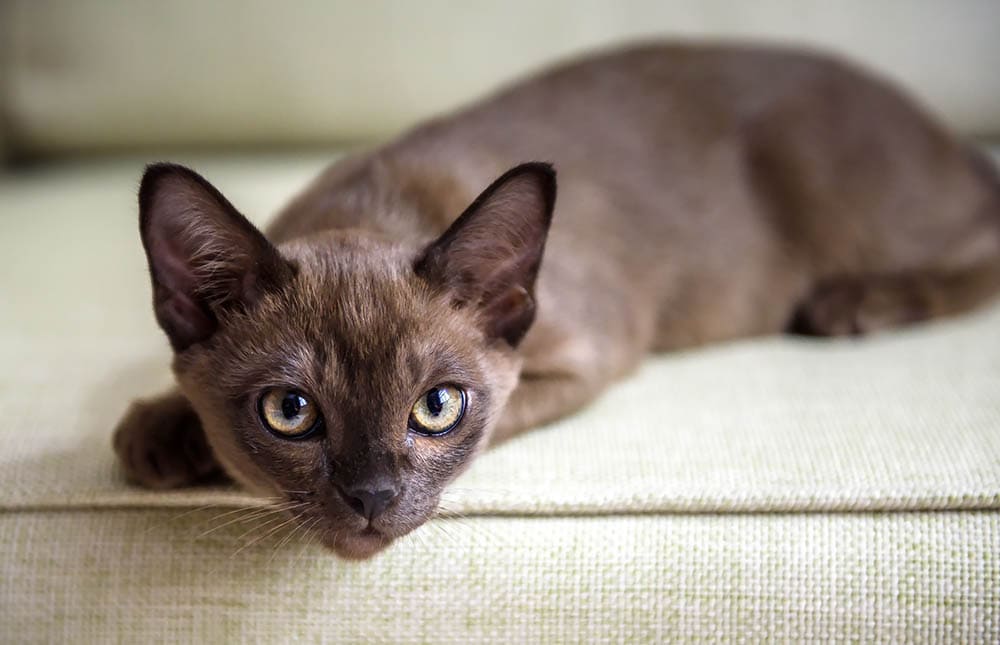

The 4 Life Stages of Burmese Cats
Every cat, including Burmese cats, has to go through the four main life stages.
Kitten (birth – 6 months)
The first life stage of a Burmese cat is the kitten stage, which starts right after birth and ends when they turn 1 year old. Kittens must get to know about their environment, which is why they’re playful, active, and clumsy. During this stage, you will need to teach your Burmese kitten how to go potty, socialize, and engage with others.
Since this stage is crucial for a cat’s development, they should have a high-quality diet as they grow to maturity. Taking your Burmese kitten to the vet is also essential to get the necessary vaccinations and ensure that they are healthy.
Junior (6 months – 2 years)
While your Burmese will reach its full adult size by the time they reach one year of age, they are not mentally mature to be considered an adult. After they reach 12 months of age, you can start transitioning your Burmese to feline adult cat food, but be mindful of overeating to prevent obesity. The high-energy, playful junior Burmese will be independent and might even test your boundaries while they continue learning about their environment and figuring out the behavioral expectations. Providing lots of mental and physical stimulation as well as training is crucial to help them develop into mature settled adults.
Young Adult (2 years – 6 years)
The second life stage of Burmese cats is the young adult stage, which lasts while your cat is between 2 years and 6 years old. When compared to a junior Burmese, a young adult feline will be calmer. You can expect your playful and mischievous Burmese will settle a bit and become more affectionate.
Throughout this life stage, it’s crucial to have at least yearly vet checks and get the needed vaccination boosters.
Mature Adult (6 years – 10 years)
The third life stage of Burmese cats is the mature adult stage, which lasts while the feline is between 6 years and 10 years old. You’ll probably notice your Burmese slowing down and being less active than before and diet adjustments might be necessary to prevent weight gain.
You may also notice changes in your cat’s sleeping, eating, and potty patterns; they may sleep more, urinate outside the litterbox, or eat less than usual. Since this cat life stage increases the risk of conditions and diseases, it’s essential to monitor your Burmese and pay attention to any changes, especially weight and behavioral changes.
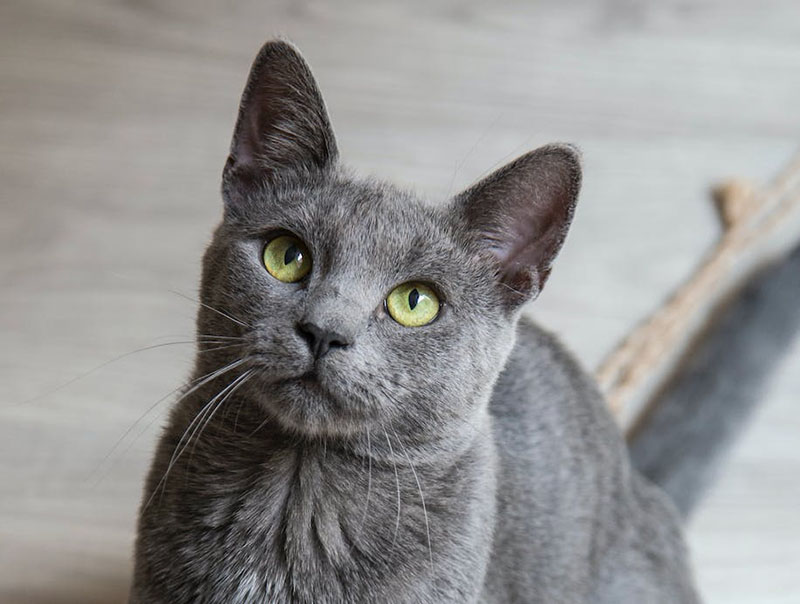
Senior (10+ years)
Finally, your Burmese cat will transition from the mature adult to the senior stage. During this stage, some cats may still be in good shape, while others may suffer from illnesses and be less active.
At this age, Burmese felines may suffer from degenerative problems, and their health may change rapidly, so we suggest taking your senior cat to the vet every 6 months. These checkups are necessary to prevent further health problems and ensure that your cat lives a peaceful life.
How to Tell Your Burmese Cat’s Age
After Burmese cats pass their kitten and young adult stage, it can be hard to determine their age, mainly because a cat stops growing at the age of 1. Most adult cats are also still active, playful, and energetic, making it harder to calculate their precise age.
Burmese cat’s coats will darken over time but this variation also depends on the temperature they live in. One of the best ways to tell your Burmese cat’s age is to take them to the vet. They will check the cat’s fur, teeth, and eyes and give you an estimate of how old your Burmese is.

Conclusion
Burmese cats are among the longest-living cat breeds, with their lifespans typically being between 15 and 20 years. With proper care, Burmese felines can have even longer lives, up to 25, even 27 years!
Since other factors besides your cat’s breed will affect their lifespan, you should provide adequate healthcare, housing, and food to ensure that your Burmese has a long and healthy life.
Featured Image Credit: Seregraff, Shutterstock






